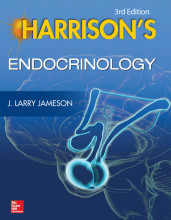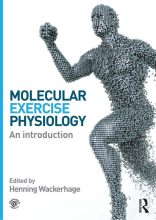Summary: Amyloid Precursor Protein Processing And Alzheimer’S Disease
- This + 400k other summaries
- A unique study and practice tool
- Never study anything twice again
- Get the grades you hope for
- 100% sure, 100% understanding
Read the summary and the most important questions on Amyloid Precursor Protein Processing and Alzheimer’s Disease
-
1 History of Alzheimer's Disease
This is a preview. There are 1 more flashcards available for chapter 1
Show more cards here -
What was the first reported case of Alzheimer's Disease?
The presence of two distinctive pathologies (neurofibrillary tangles and neuritic plaques) in the brain of a woman who had died from progressive behavioural and cognitive disorder. -
When was Alzheimer's Disease considered to be a true distinctive disease?
When the presence of neuritic plaques where linked to the incidence of dementia. -
2 RELATIONSHIP OF BRAIN Aβ ACCUMULATION TO DEMENTIA IN HUMAN PATHOLOGIC SPECIMENS
-
Is the accumulation of amyloid beta caused by dying neurons?
Not necessarily, it comes into the extracellular matrix after nerve injury, but does not correlate with the age-expected neural degradation in other neurodegenerative disease like Parkinson's disease and frontotemporal dementia. -
What can be generalised from the brain pathology of demented elderly?
They may have mixed pathologies including- neuritic plaques
- neurofibrillary tangles
- Lewy bodies
- atherosclerosis
-
3 STRUCTURE AND FUNCTION OF APP
This is a preview. There are 1 more flashcards available for chapter 3
Show more cards here -
What is the function of APP?
overexpression may benefit cell health and growth
it may be important in embryonic neural migration
it may benefit synaptic density -
What is the function of the amyloid beta peptide?
It influences regulation of synaptic physiology (scaling and vesicle release) -
4 AMYLOID PRECURSOR PROTEIN PROCESSING
This is a preview. There are 2 more flashcards available for chapter 4
Show more cards here -
In which cells is APP metabolised?
In neurons -
What are the pathways that proteolyse APP?
- ER --> Golgi --> synaptic terminal --> TGN --> cell surface --> proteolysed by a secretase and g secretase
- ER --> Golgi --> synaptic terminal --> TGN --> cell surface --> internalized into endosome --> proteolysed by BACE1 and g secretase --> amyloid b secretion
- ER --> Golgi --> synaptic terminal --> TGN --> cell surface --> internalized into endosome --> proteolysed by BACE1 and g secretase --> retromers to the TGN
- ER --> Golgi --> synaptic terminal --> TGN --> endosomal compartment
-
How can secretion of amyloid beta best be prevented?
By preventing cell surface endocytosis. -
What kind of enzyme is BACE1?
a transmembrane aspartic protease, involved in the pathogenic pathway of APP proteolysis.
- Higher grades + faster learning
- Never study anything twice
- 100% sure, 100% understanding
































